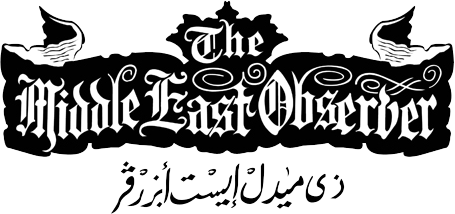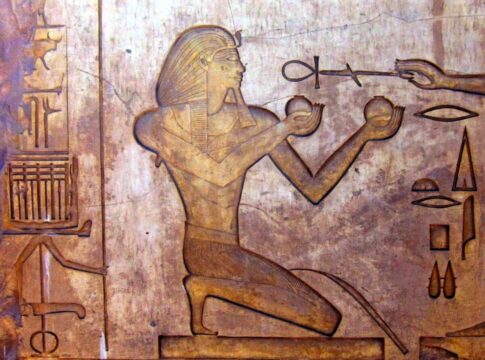A joint Egyptian-British archaeological team has unearthed the long-lost tomb of King Thutmose II. Nestled in the storied C Valley west of Luxor, this discovery marks the first royal tomb found in a century, shedding new light on Egypt’s illustrious 18th Dynasty.
The excavation, a collaboration between Egypt’s Supreme Council of Antiquities and the New Kingdom Research Foundation, began in earnest in 2022. Initially mistaken for a royal consort’s burial site—due to its proximity to the tombs of King Thutmose III’s wives and Queen Hatshepsut—the site was ultimately confirmed as the resting place of King Thutmose II himself. The breakthrough came with the discovery of alabaster jar fragments inscribed with the names of Thutmose II and Queen Hatshepsut.
Mohamed Ismail Khaled, Secretary-General of the Supreme Council of Antiquities, lauded the discovery as one of the most significant archaeological finds in recent decades. “For the first time, we have uncovered funerary furniture belonging to Thutmose II, artifacts absent from museums worldwide,” Khaled highlighted in a statement. Meanwhile, Mohamed Abdel Badei, head of the Ancient Egyptian Antiquities Sector, noted that despite the tomb’s historical importance, it was found in a state of severe deterioration due to ancient flooding.
“The floodwaters, reaching as high as 1.4 meters, caused extensive damage, leading to the displacement of many original contents,” Abdel Badei explained. Efforts are underway to restore sections of plaster adorned with delicate designs, including blue inscriptions and motifs from the Book of Amduat, a vital religious text for burial rites.
Piers Litherland, leading the British team, described the tomb’s architecture as reflective of the early left-hand-turn design, a feature characteristic of 18th Dynasty royal tombs. However, the presence of an unusual second corridor, initially mistaken for a robbers’ tunnel, suggests an alternative purpose—it was likely used to extract the king’s body post-flooding.
This discovery not only enriches our understanding of the 18th Dynasty but also promises further insights into ancient Egyptian burial practices. The ongoing excavation aims to unlock more of the tomb’s secrets, potentially altering long standing narratives about Egypt’s royal lineage and their afterlife preparations.
Experts like Dr. Zahi Hawass, the renowned Egyptologist, express excitement about what this find could mean for future research. “Each artifact and inscription provides a missing piece to the puzzle of ancient Egypt’s royal heritage. The significance of such discoveries cannot be overstated,”. As Egypt continues to reveal its buried treasures, this discovery of King Thutmose II’s tomb is a testament to the enduring legacy of ancient Egyptian civilization and its capacity to captivate the world.


